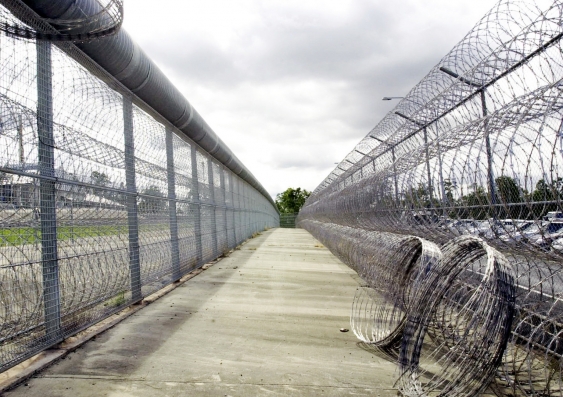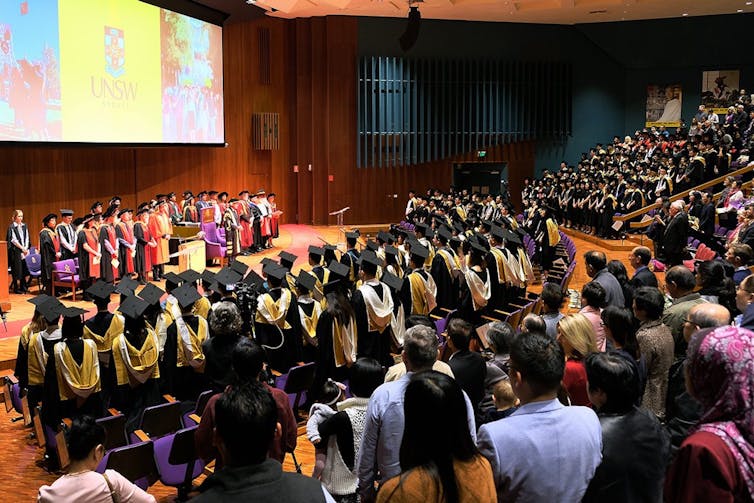How a maximum security prison offers a pathway to academic excellence and a PhD
Prisons seem an unlikely source of outstanding university students, but it is. What’s more, those who have done such study are much less likely to re-offend when they get out.



